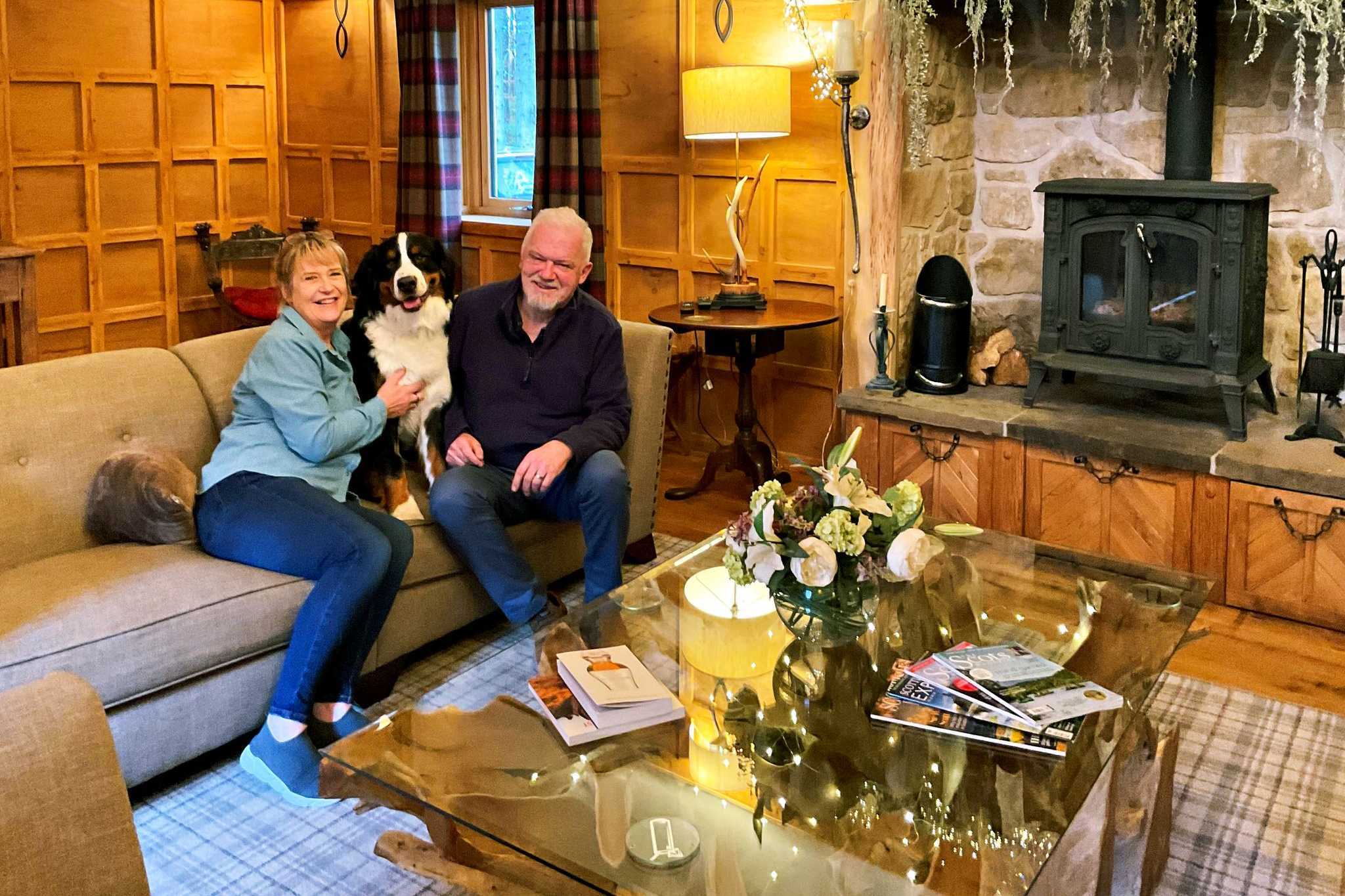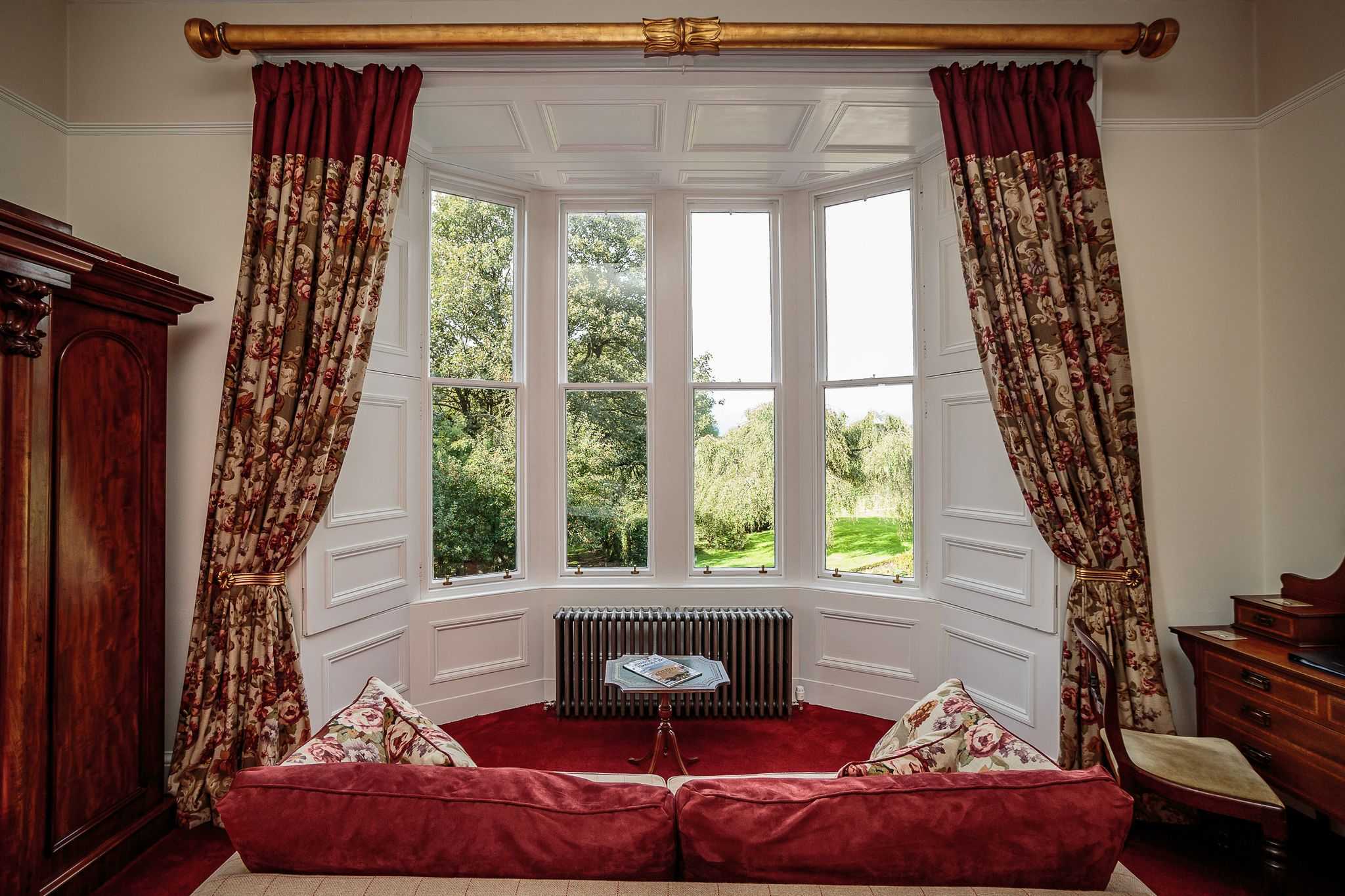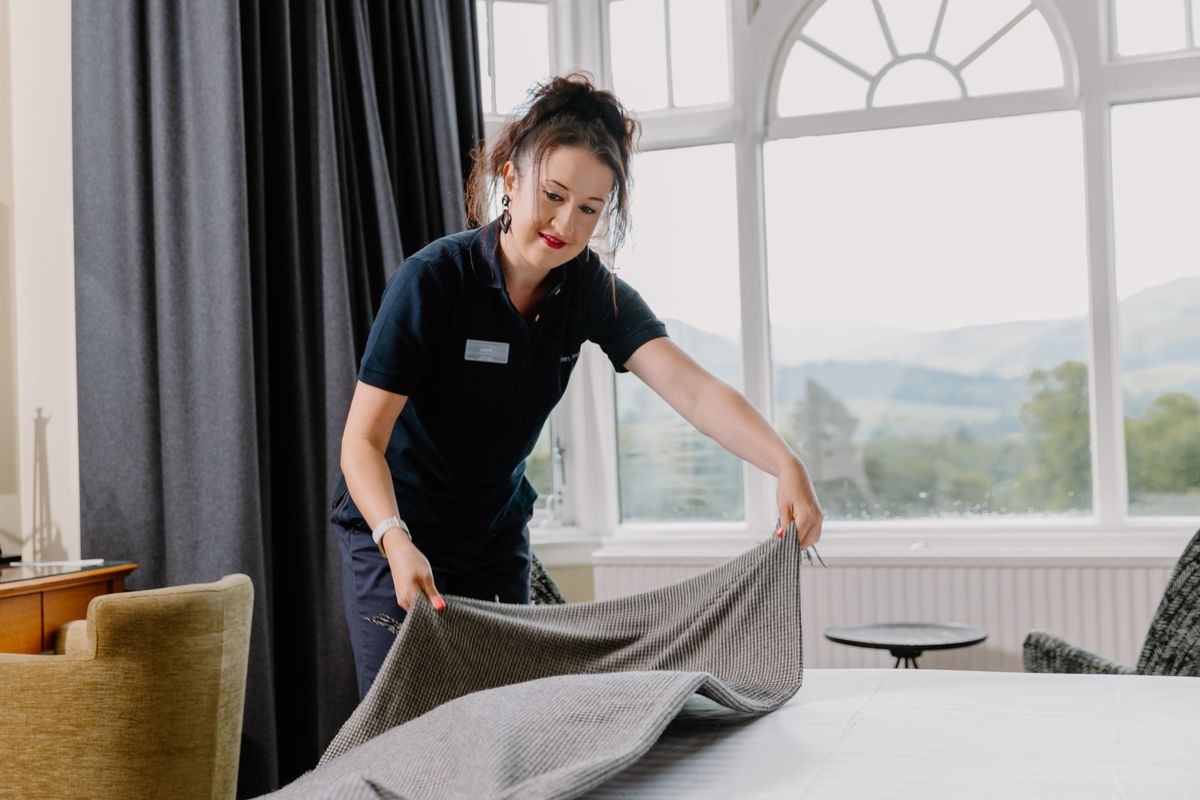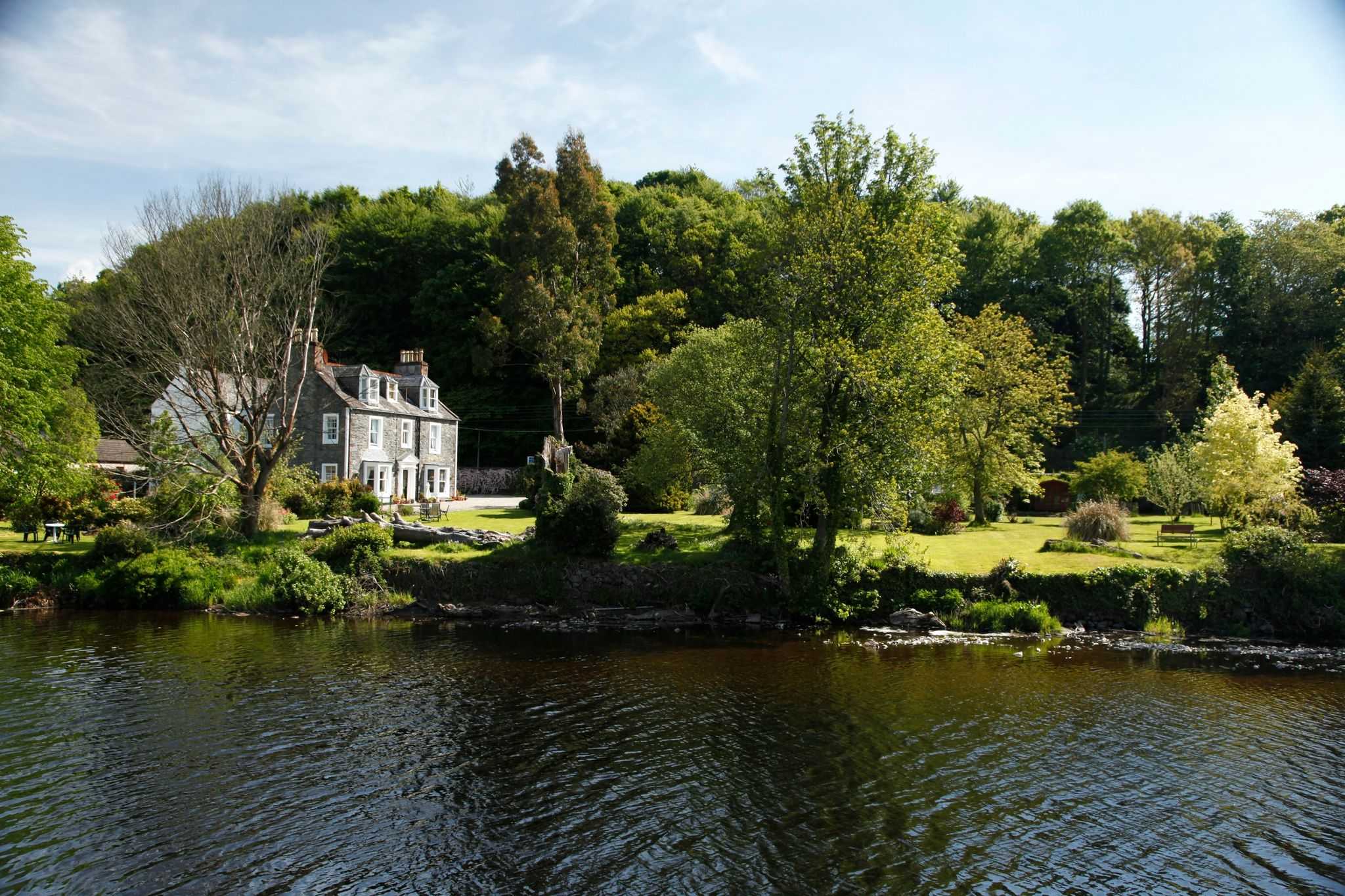Online information
A strong online profile and presence through your website, social media channels and booking platforms is fundamental. Consistent information and high-quality content means that guests should know exactly what to expect.
For example:
- accessibility (include floor plans and/or an accessibility guide)
- parking availability
- wifi and TV availability
- breakfast arrangements
Clarity on whether you offer continental or cooked breakfast and whether you provide evening meal is crucial. If you do not provide any breakfast or dining, your website should be clear as to what options are located nearby.
It is also important to include information on local attractions, eateries, and public transport. Make it as easy as possible for guests to see how much there is to see and do in the area, potentially leading to longer stays.
Remember your website and social media are windows into your property. Use high quality images of all aspects of the property, including your breakfast offering.
For more advice on websites, social media and the use of imagery take a look at our guidance on how to promote your business.
Provide a seamless booking experience
Give guests confidence in your business with a clear and transparent booking process regardless of whether they might be booking direct or through an online travel agent.
What to have on your website
- Terms and conditions visible prior to the booking being made, with clear guidance around cancellations, irrespective of how the booking was made.
- List of specific add-ons and payment methods, eg room only, advance purchase, or flexible payment.
- Up-to-date availability calendar allowing for simple phone and online bookings.
- Secure online booking system that takes bookings without your personal interaction (unless requested) 24/7, allowing transactions from anywhere in the world.
After a booking is made
- Set up automated confirmations of bookings with all relevant details including dates, prices, check in / out times and terms and conditions.
- Provide receipts for every payment made and send appropriate reminders if a full balance payment is required (eg a week before the payment is taken).
Further guidance
For information on online booking systems and more, check out our page on making your accommodation online bookable.



